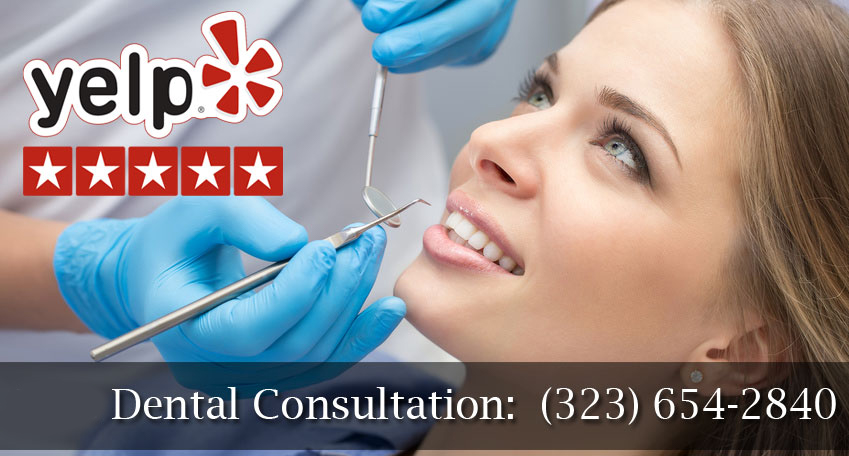The gingival Pocket is the gum tissue that starts at the tooth and stops by the cheek. The gums are a part of your mouth that surrounds your teeth. A “pocket” in your gums is deep enough to cover the tooth but insufficient to cover any part of the root surface. The gingival Pocket refers to the tissue more profound than the gum line. Gum pockets are more common in children and young adults but also in adults.
Causes Of Gingival Pocket
Trauma
The most common cause of a gingival pocket is trauma. Trauma can cause swelling and irritation deep in your mouth. The tissues deep within your mouth swell and can become irritated. If a tooth is involved, the swelling will often go deep enough to create a pocket in the gums. It is important to note that the blood vessels that provide blood flow to the gums are not underneath your gum line. The gingival Pocket is caused by swelling and irritation inside your mouth.
Bacteria
Even though trauma, like a toothache, can lead to a gingival pocket, bacteria may also be responsible for causing this condition. Bacteria in your mouth can cause irritation and swelling in the tissues around your teeth and the pockets created by trauma. This irritation can lead to a pocket-forming or provide an environment that allows bacteria to multiply rapidly. Bacteria can come from several sources. It can come from things inside your mouth, like your teeth or tongue. It is also possible for bacteria to enter your mouth by direct contact with a person who has infected sores or wounds on their hands. Your immune system may also be responsible for causing the pockets in some cases. Bacteria that are usually present in your gut may find their way into your mouth through the mucous membranes that cover the surfaces of your teeth and gums.
Chronic Inflammation
Inflammation is caused by irritation, which can cause swelling and accumulation of fluid within the tissues of your mouth. The tissues surrounding your teeth swell, creating pressure that causes a pocket in the gum. The swelling and fluid can cause hardened pockets to form. It can be excruciating, especially if it is a small cavity under the gum.
Tooth or Gum Abscess
A tooth infection or abscess can also lead to a gingival pocket. Often in acute tooth infections, the swelling will be deep enough to create a bag in the gums. The pus releases toxins into your bloodstream, leading to fever and other symptoms of an infection, such as an earache or sore throat. If a tooth infection or abscess is present, it will often cause the tissues over the infected tooth to swell and deepen into the gum.
Herpes
Herpes can also cause gingival pockets. Sometimes the viral infection can cause a deep infection that creates a bag in the gum. It occurs when the herpes virus causes an individual’s immune system to create swelling in the tissues. It is often called mononucleosis, which may cause your gums to swell and form a new pocket.
Congenital Gingival Overgrowth
Gingival overgrowth refers to excess gum tissue that is not found along the gum line on your tooth or tongue. You might have this condition if you have undergone one of several jaw surgery procedures, like teeth extractions or dental implants. Gingival overgrowth can also occur in children who have not been adequately cared for. It is known as primary gingival overgrowth. A patient with this condition causes the gums to grow at the same pace as their teeth do. The excess gum tissue will often cause your mouth to bleed, forming pockets in the gums.
Gingival Pocket Treatment
Brushing Your Teeth
The first thing to do is to brush your teeth. It will help remove the bacteria that can cause your gums to swell and form a pocket under the gum line. If the bacteria have become embedded in your gums, brushing will not remove all of it. Even though you have removed some bacteria, some will remain in your gums, Pocket, or crevice. Scrubbing your teeth with an anti-bacterial dental floss may help if you fall back on regular toothbrushes after this process.
Soak Your Teeth in Mouthwash
Mouthwash is a solution that contains several ingredients that are very effective at removing bacteria from your teeth and gums. It can be helpful to add a little baking soda to the mouthwash; this causes it to build up a bit of pressure and bubble up before you rinse it away. It will help it reach the deepest part of your pockets quickly and without irritating any part of your mouth. Try swishing the mixture for between five and ten minutes and then spit it away.
Ice Cubes
Ice cubes are an effective way to reduce pain in your gums. Hold an ice cube in your mouth for ten to fifteen minutes. The cold will cause blood vessels to contract and reduce the amount of pressure trying to escape from the gums.
Warm Compress
A warm compress can help relax your gums and release the pressure causing them to swell. Dip a soft washcloth into some hot water, wring it out so that it is not too wet, and hold it against your gums for five to ten minutes at a time.
See Your Dentist
Dental problems are best left to professionals who treat them properly. A dentist or specialist, such as an endodontist or periodontist, may perform many gingival pocket treatments. Therefore visit a Holistic Dentist in West Hollywood for these treatments.
Gingival pockets are one of the most common problems in dentistry. Fortunately, they can be treated easily. If you notice that you have a pocket-forming, take your time treating the problem. It is good to schedule a consultation with a Holistic Dentist in West Hollywood to keep your dental health in good condition. He can also recommend how to avoid gingival pockets in the future.





